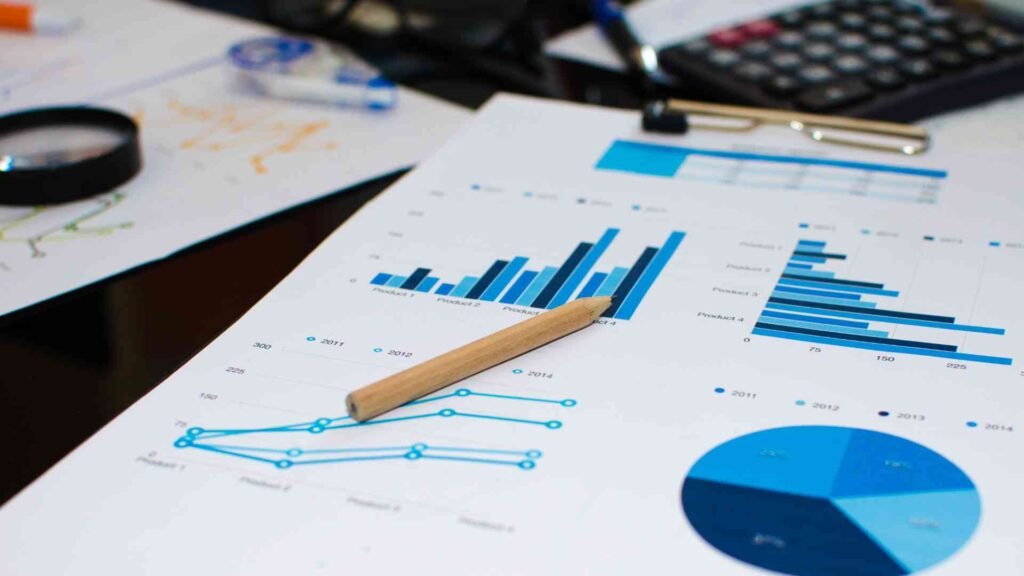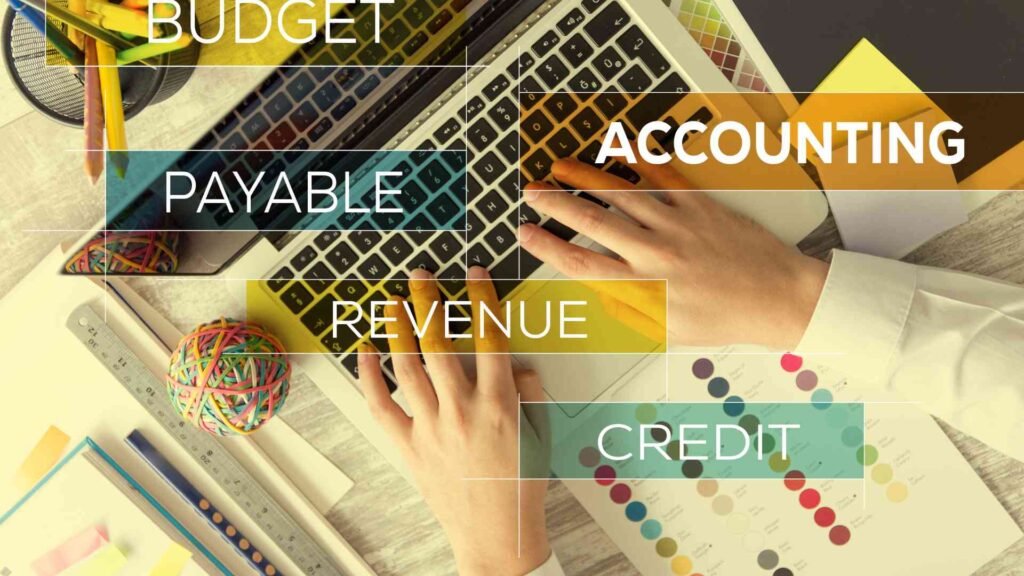How to Conduct Financial Analysis with Your Accounting Records.
Financial analysis is a critical process for businesses aiming to assess their financial health and make informed decisions. Utilizing your accounting records effectively is key to conducting meaningful financial analysis. Here’s a guide on how to perform this task:
Importance of Financial Analysis
Financial analysis involves examining financial statements, such as the balance sheet, income statement, and cash flow statement, to evaluate a company’s profitability, liquidity, and overall performance. This analysis helps businesses understand their strengths, weaknesses, and opportunities for improvement.
Steps to Conduct Financial Analysis
1. Gather Financial Statements: Collect your company’s latest financial statements from your accounting records. These statements provide a snapshot of your company’s financial position and performance over a specific period.
2. Review Income Statement: Analyze the income statement to assess revenue trends, expenses, and profitability. Calculate important ratios like gross profit margin, operating profit margin, and net profit margin to gauge profitability.
3. Examine Balance Sheet: Study the balance sheet to evaluate assets, liabilities, and equity. Calculate liquidity ratios such as current ratio and quick ratio to understand your company’s ability to meet short-term obligations.
4. Assess Cash Flow Statement: Review the cash flow statement to analyze cash inflows and outflows. This helps in assessing the liquidity and operational efficiency of your business.
5. Calculate Financial Ratios: Calculate key financial ratios like return on investment (ROI), return on assets (ROA), and debt-to-equity ratio to measure financial performance and leverage.
6. Compare with Industry Standards: Benchmark your financial ratios against industry averages to identify areas where your company excels or needs improvement.
7. Identify Trends and Insights: Look for trends in your financial data and identify potential areas for cost savings, revenue growth, or operational efficiencies.
Tools and Techniques
Accounting Software: Utilize accounting software with built-in reporting and analysis tools to streamline the process and ensure accuracy.
Financial Modeling: Use financial modeling techniques to forecast future financial performance based on historical data and assumptions.
Conclusion
In conclusion, conducting financial analysis with your accounting records is essential for making informed business decisions and achieving financial goals. By understanding your company’s financial position and performance, you can identify opportunities for growth, mitigate risks, and improve overall financial health. Leveraging your accounting records effectively through systematic analysis empowers you to navigate challenges and capitalize on opportunities in today’s competitive business environment.
Mastering financial analysis requires a combination of technical knowledge, analytical skills, and the right tools. By following these steps and leveraging your accounting data wisely, you can enhance your ability to steer your business towards long-term success and sustainability.








